The fall months in Japan are famous for their picturesque scenery. Beyond natural beauty, though, the season also provides ample opportunities for artistic immersion. Many world-class art festivals take place in autumn, turning the country’s urban centers, historic paths and outdoors into hubs of creativity and cultural exchange.
This year, in particular, sees the much-anticipated return of two globally renowned triennales, making it a uniquely enriching travel window for aesthetes. Here are five art fairs and festivals across Japan you should check out this fall.
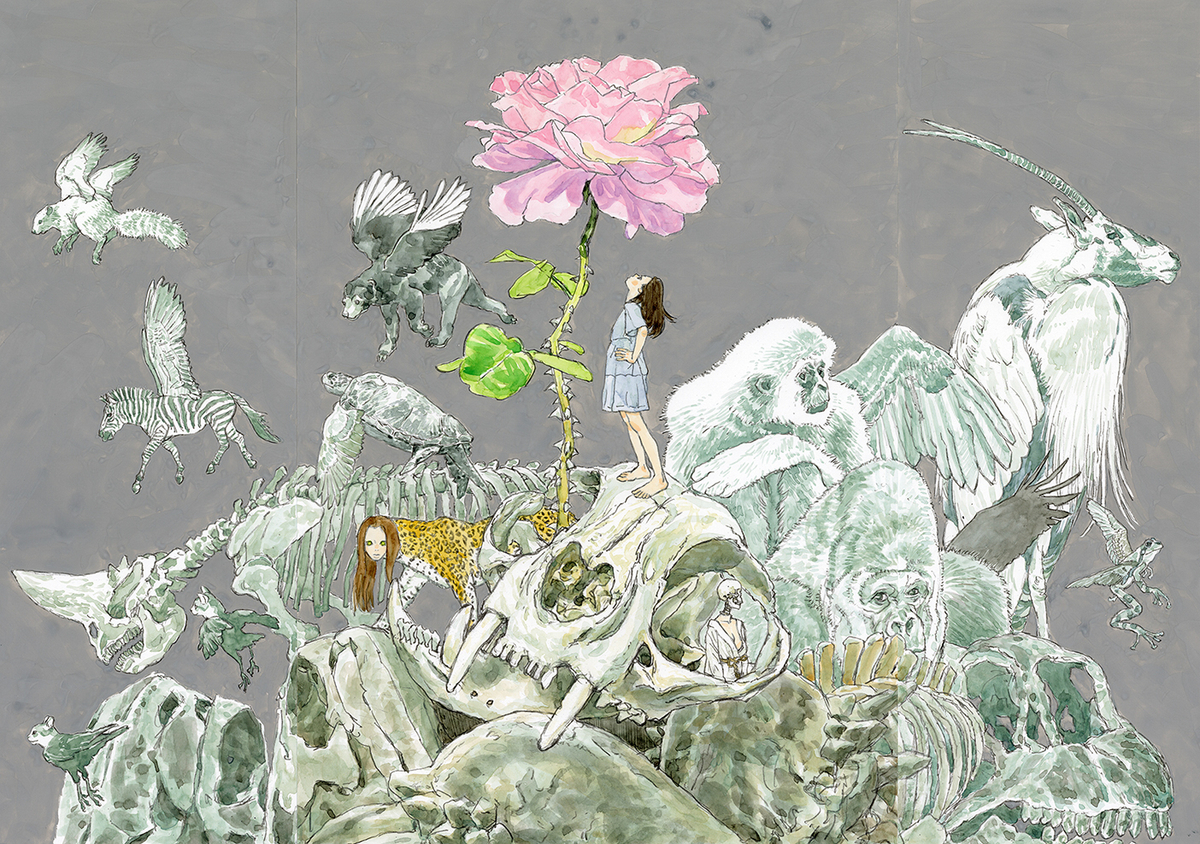
Copyright © 2024 Daisuke Igarashi All Rights Reserved. ©五十嵐大介
Aichi Triennale
Held every three years since 2010, the Aichi Triennale is an urban international art festival that spans a wide range of fields. This year’s festival will bring together 61 artists and groups from 22 countries and territories, with artworks and programs presented in museums, theaters, and various city venues. Aichi Triennale 2025 will take place between September 13–November 30.
One of the Aichi Triennale’s unique features is its abundance of local resources and history. Seto City, which serves as one of the main venues, is a well-known ceramic capital with over a thousand years of history. It was registered to Japan Heritage as one of the Six Ancient Kilns in 2017, and is home to many ceramicists and creatives. The Aichi Prefectural Ceramics Museum, showing the medium’s beauty and evolution, is another festival venue.
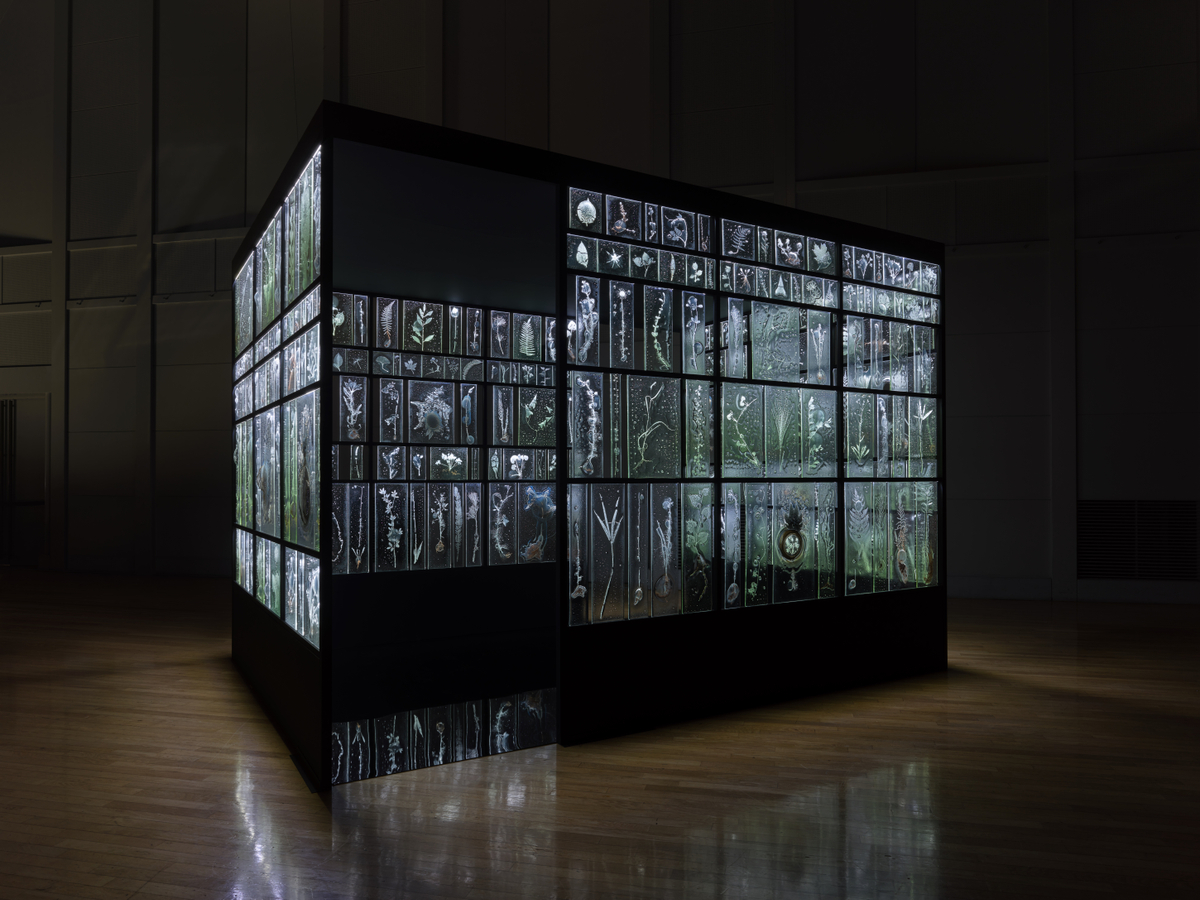
Sasaki Rui “Subtle Intimacy (2012-2022)”, 2022. Photo: Yasushi Ichikawa
The theme of this year’s Triennale is “A Time Between Ashes and Roses,” taken from a verse by Adonis, a Syrian poet who portrayed hope and renewal in the wake of war. Led by artistic director Hoor Al-Qasimi (president and director of the Sharjah Art Foundation), the art fair aims to explore the relationship between humanity and the environment and spark dialogue about concepts of nationhood, territory and ethnicity.
Some highlights include multimedia artistic duo Basel Abbas and Ruanne Abou-Rahme, based between New York and Ramallah, Palestine; celebrated manga artist Daijiro Morohoshi; glass installation artist Rui Sasaki; and many more.
You can purchase tickets to the festival here.
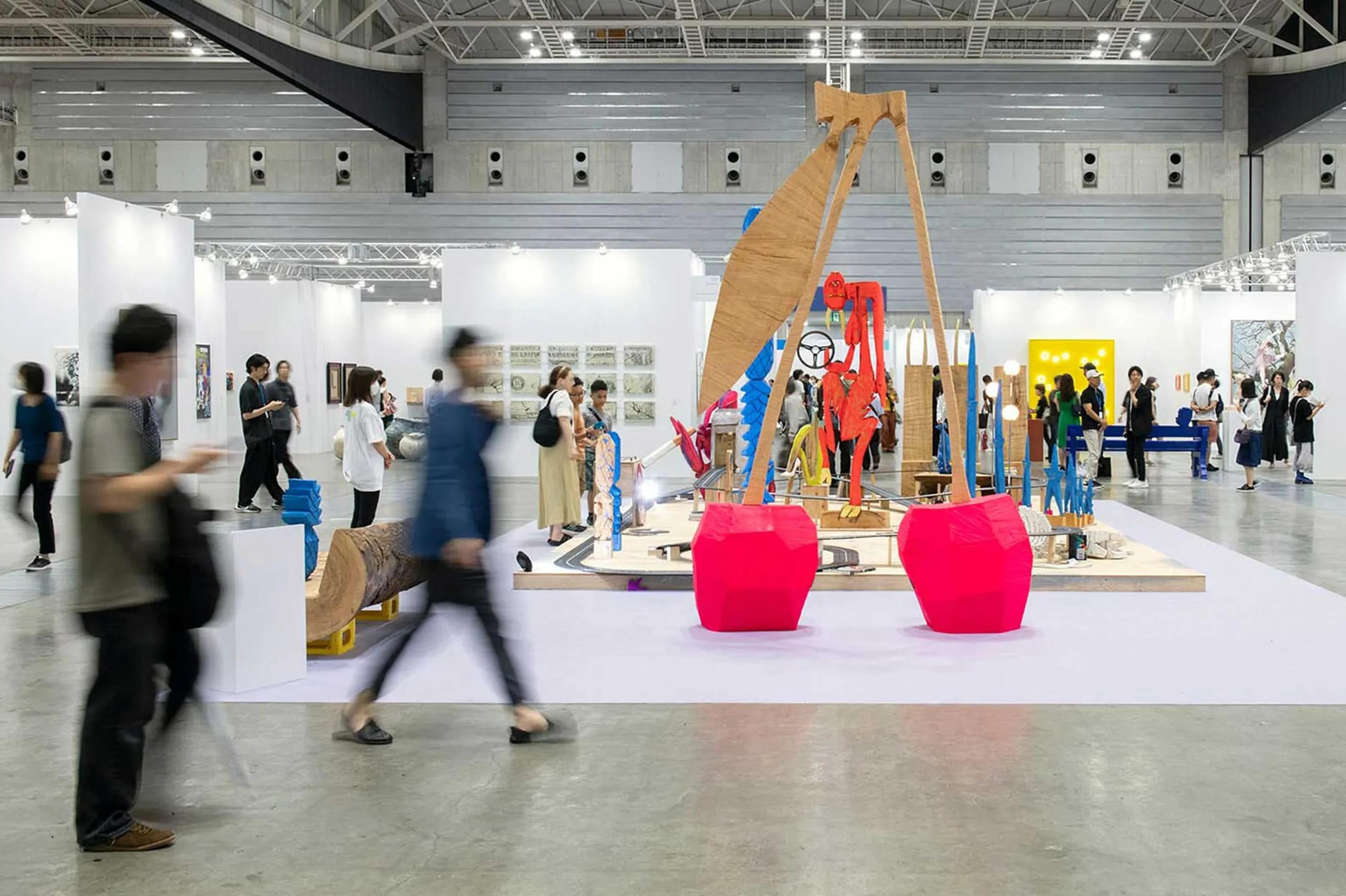
Tokyo Gendai
Launched in July 2023, Tokyo Gendai (translating to “Tokyo Contemporary”) presents leading contemporary art galleries from Japan, the wider Asia-Pacific region and around the world. This year’s fair will take place from September 12–14 at PACIFICO Yokohama Exhibition Hall.
Exhibitors are divided into three categories: Galleries (multi-artist curations), Hana (“Flower,” featuring artists early- to mid-stage in their careers) and Eda (“Branch,” featuring established artists from across Asia). Some participating galleries from around the world include Kosaku Kanechika, Pace Gallery, Almine Rech, Ceyson & Bénétière and The Columns Gallery.
The fair’s special exhibit Tsubomi “Flower Bud” explores the works of Japanese women artists employing traditional craft techniques. This year, the display includes ceramics by Namika Nakai (represented by Taro Nasu) and glass works by Ritsue Mishima (represented by ShugoArts).
You can purchase tickets to the festival here.
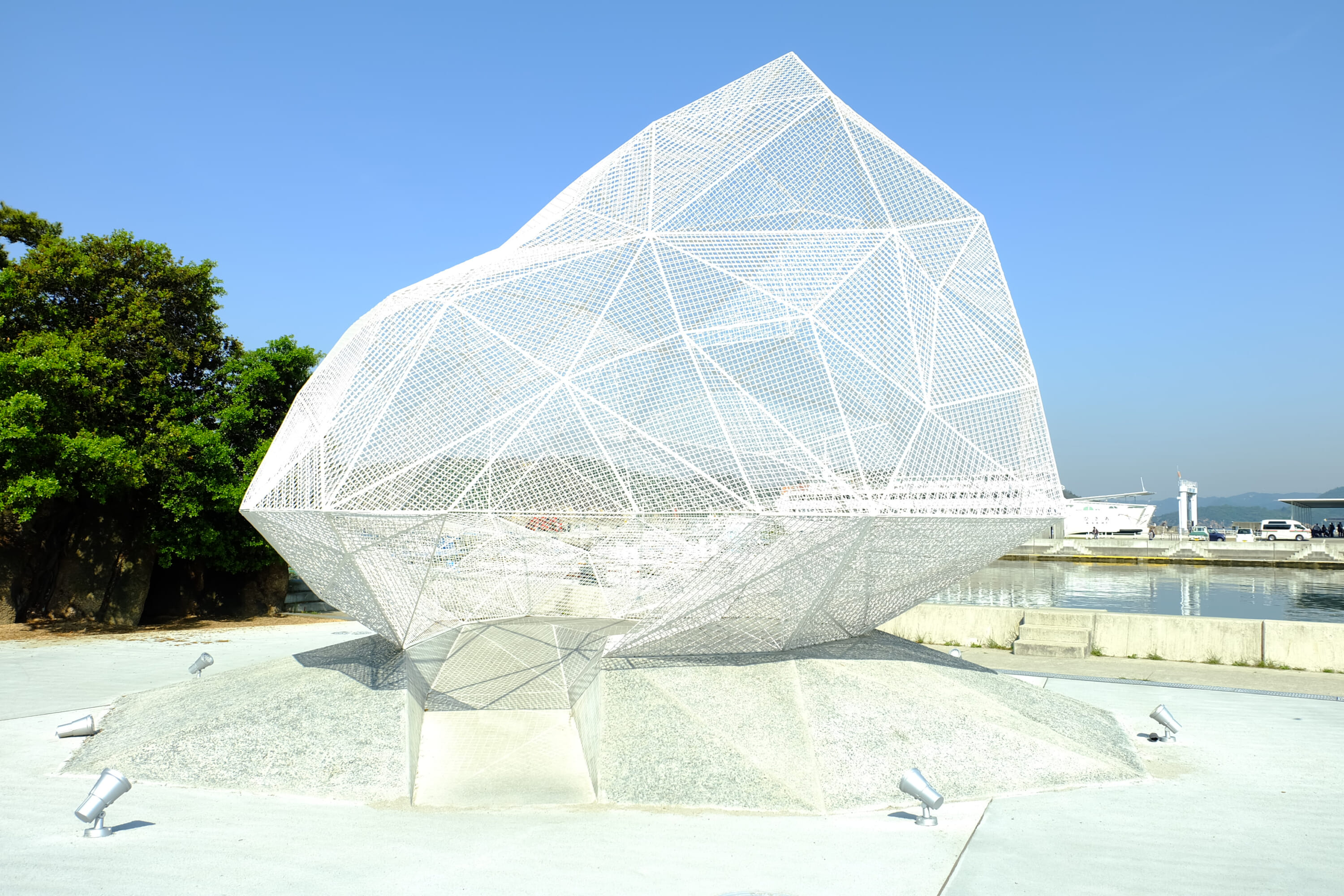
Naoshima Pavillion
Setouchi Triennale
One of Japan’s most globally renowned art festivals, the Setouchi Triennale is set across the islands of the Seto Inland Sea. The region boasts breathtaking natural beauty and distinct island cultures, but it’s grappled with population decline and aging communities in recent years. The Triennale has sought to revitalize these islands through the power of art since 2010.
The 2025 edition is divided into spring, summer and autumn sessions, and offers a rare opportunity to experience world-class creativity in harmony with nature. Spanning 17 locations across Kagawa and Okayama prefectures, it features works by artists from 21 countries.
The Autumn session will be from October 30–November 9. Keep in mind that some islands and installations remain open year-round (e.g. Yayoi Kusama’s pumpkins and Sou Fujimoto’s Pavilion on Naoshima) while others are limited by season.
To learn more about tickets, transportation and highlights, check out our comprehensive guide to the festival here.

Art Week Tokyo
Art Week Tokyo is an annual showcase of the creativity and diversity of contemporary art in Tokyo. In collaboration with Art Basel, with support from Japan’s Agency for Cultural Affairs, the citywide initiative activates more than 50 leading art institutions and galleries through five days of coordinated programming and special platforms.
The series of events is set to take place November 5–9. Highlights include a landmark exhibition on contemporary Japanese art from 1989–2010 at the National Art Center, Tokyo; a midcareer survey of New York-based multimedia artist Aki Sasamoto at the Museum of Contemporary Art Tokyo; and the first major survey of renowned architect Sou Fujimoto at Mori Art Museum.
The line-up of galleries is also nothing short of spectacular, including the historic Tokyo Gallery +BTAP (Japan’s first contemporary art gallery), SCAI The Bathhouse, Taka Ishii Gallery, Tomio Koyama, Taro Nasu, Take Ninagawa, Kaikai Kiki Gallery and more. Also on the list are the city’s most stunning exhibition spaces, such as the Ginza Maison Hermès Le Forum and Espace Louis Vuitton.
Entry to galleries is free of charge, and participating museums will offer discounted admission to Art Week Tokyo visitors. A free AWT Bus service that links all venues will be available.
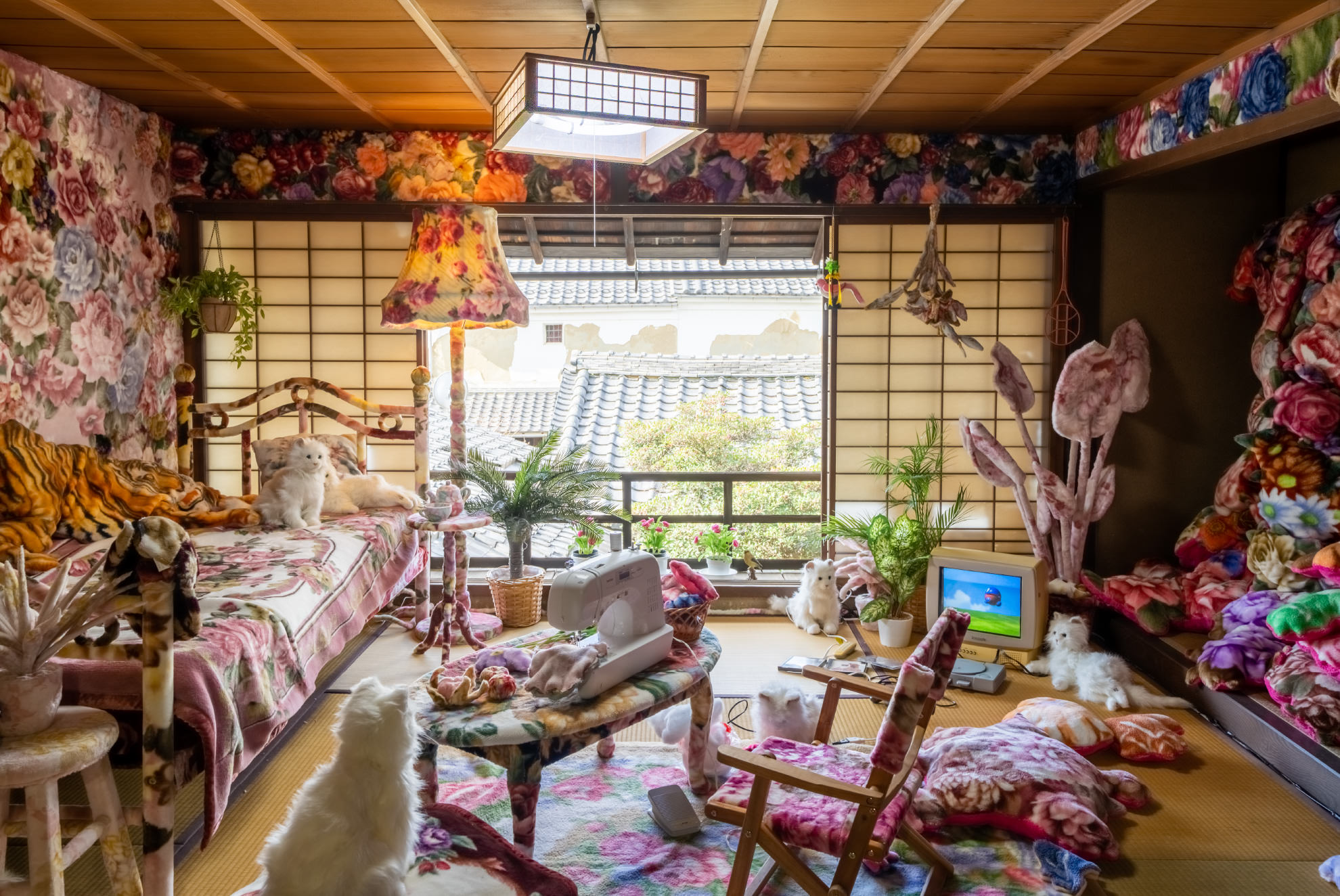
Makoto Egashira, “Blanket full of roses IV” (2022), at Biwako Biennale 2022
Biwako Biennale
The Biwako Biennale is a must-visit art festival in the Kansai region, set mainly in the Old Town of Omihachiman, which borders Lake Biwa in Shiga Prefecture. The exhibitions utilize vacant houses and old traditional homes as venues, aiming to showcase the charm of these time-honored buildings. The theme for this year’s Biennale is “Flux,” opening discussions about temporal and material change. The festival will be from September 20–November 16.
Some participating artists include Makoto Egashira, who often blends rococo-style design with Japanese aesthetics; Kosei Komatsu, who captures movement and light in nature through intricate large-scale abstractions; and architect-artist duo saiho + Sayuri Hayashi Egnell, who fuse enchanting soundscapes and sculptures.
As the main venue, the Omihachiman Old Town lends much cultural depth. Developed in the early modern period as the birthplace of the Omi merchants, the historic paths were built around a castle town founded by Toyotomi Hidetsugu. Okishima Island, an inhabited island on Lake Biwa, and Chomeiji Temple, associated with the Saigoku Thirty-three Kannon pilgrimage route, will also act as venues.
You can purchase tickets to the Biennale here.
Related Posts


AloJapan.com